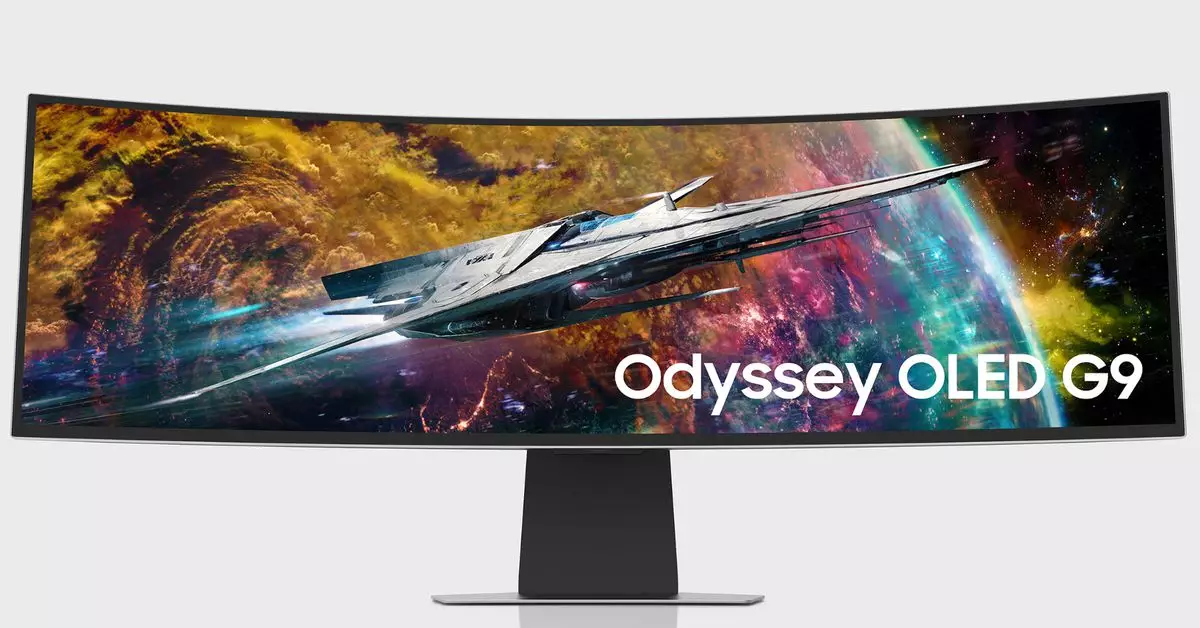In today’s fast-evolving tech market, consumers are constantly inundated with enticing offers and cutting-edge innovations. It is no secret that manufacturers are adapting to meet the seemingly insatiable demand for better performance and value, particularly in the sector of gaming and portable devices. This article explores how companies like Samsung and others are responding to market trends, labor changes, and consumer expectations, crafting a narrative that goes beyond mere transactions to the very motivations that drive these decisions.
Samsung’s recent decision to implement a six-day workweek for its executives has drawn both attention and concern. While the joke among tech aficionados is that this has led to some unorthodox choices—such as the abandonment of distinctive earbud designs in favor of Apple-like replicas—there is more at stake here than mere humor. The company’s shift may reflect an overall strategy aimed at enhancing productivity and innovation. However, the question arises: Are these choices genuinely resonating with consumers?
Currently, Samsung offers a striking deal on its Odyssey OLED G9 gaming monitor, priced at $1,099.99, which boasts a substantial discount of $700. Alongside the monitor, consumers are enticed by a complimentary 24-inch Odyssey G30D monitor, valued at $150. While other retailers like Best Buy and Amazon match the price, they don’t provide this additional incentive. Such strategies not only highlight Samsung’s intent to encourage bundled purchases but also showcase the importance of aesthetic and functional appeal in a competitive marketplace.
Deep in the realm of gaming monitors, the Odyssey G95SC stands out for its high-performance specifications. The monitor features remarkable statistics such as up to a 240Hz refresh rate and an astonishingly low response time of just 0.03ms, making it a suitable option for high-stakes gaming scenarios. However, what differentiates this model is its OLED panel that delivers unparalleled color accuracy and deep blacks. The G95SC’s 32:9 aspect ratio and 5120 x 1440 resolution provide an immersive experience rivaling traditional setups, appealing to gamers who crave depth and detail.
This raises a pivotal discussion regarding consumer needs in the gaming space. Is the market in complete pursuit of better specs for competitive superiority, or is there also a burgeoning demand for an immersive experience that engages the senses? Samsung appears to be capitalizing on both fronts, ensuring that their monitors are not just tools but gateways to vibrant and engaging gaming worlds.
On the software front, competitive gaming goes hand-in-hand with robust titles that engage players. The recent promotion of the PC version of God of War Ragnarök at a reduced price suggests an understanding that gamers appreciate opportunity beyond hardware alone. The ability for consumers to experience enhanced graphics, thanks to capable hardware, transforms the tranquil gameplay of traditional consoles into a grand spectacle on PC. It underscores a shift toward maximizing performance through synergy between software and hardware—an endeavor that resonates particularly well with technologically savvy gamers.
While Samsung showcases extravagant deals on hardware, peripheral products are gaining ground as well. For instance, the Anker 6,600mAh Qi2 power bank at a discounted price exemplifies the demand for portable convenience in our interconnected lives. Priced at an all-time low of $29.99, this product promises consumers a future-proof charging solution attainable at an attractive price point. As trends suggest a move towards wireless technology, the Increased focus on compact, efficient devices further indicates society’s growing preference for devices that can seamlessly integrate into their daily lives.
Furthermore, OnePlus is also making waves with its recent promotions, specifically its Nord Buds 3 Pro noise-canceling earbuds priced at an affordable $49.99. Even without extensive reviews to substantiate their effectiveness, the basic offerings make for an appealing deal. The aesthetics, including vibrant colors and practical features like water resistance, cater to a generation driven by both function and form.
The landscape of consumer electronics reflects an intricate dance between innovation, market strategies, and consumer desires. Companies are increasingly adopting multifaceted approaches to not only sell their products but to create a holistic experience that focuses on performance and aesthetic appeal. In an era defined by rapid technological advancements and consumer expectations, the ability to adapt and offer genuine value could prove to be the determining factor in a brand’s success or failure.

